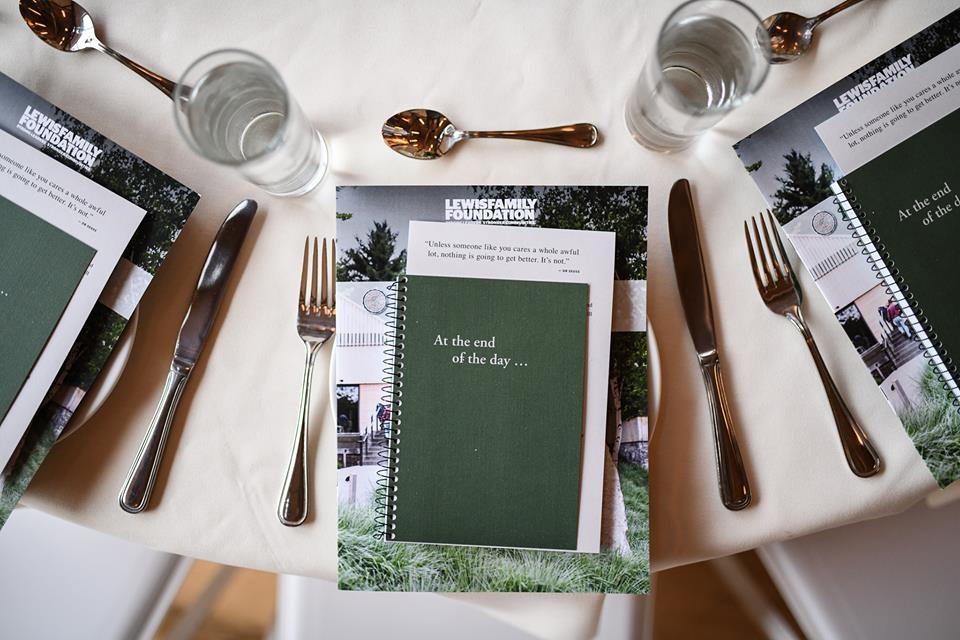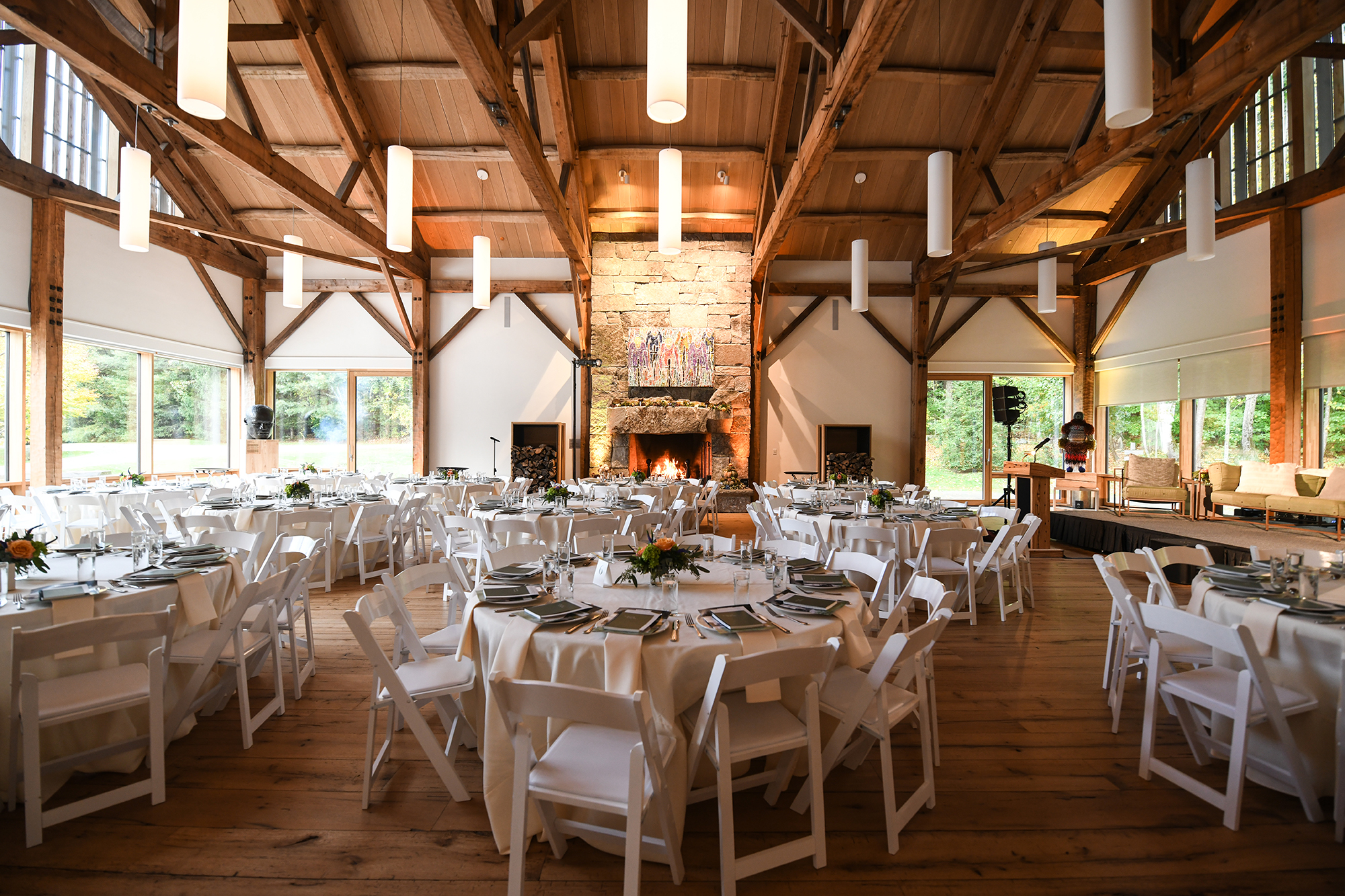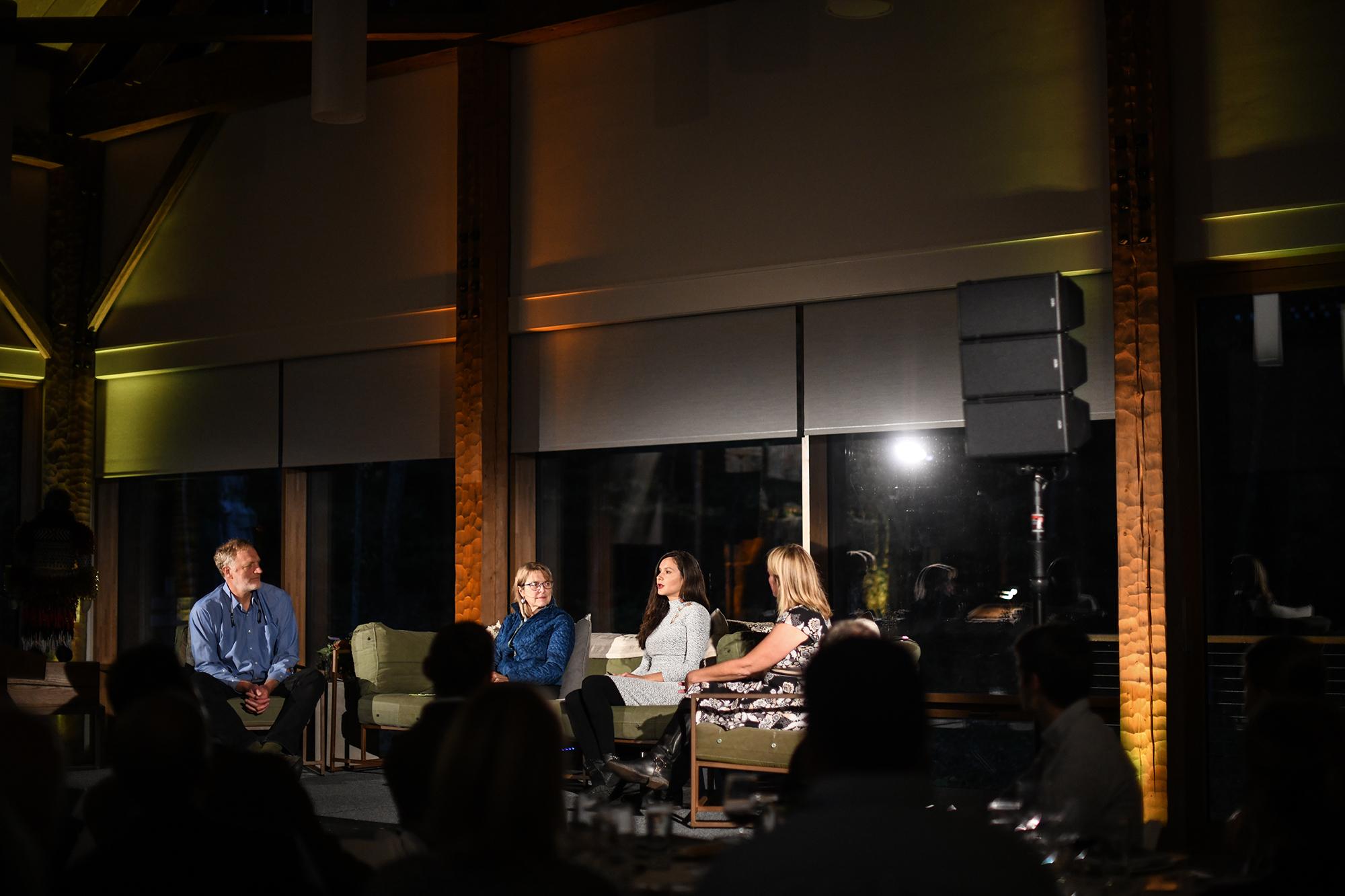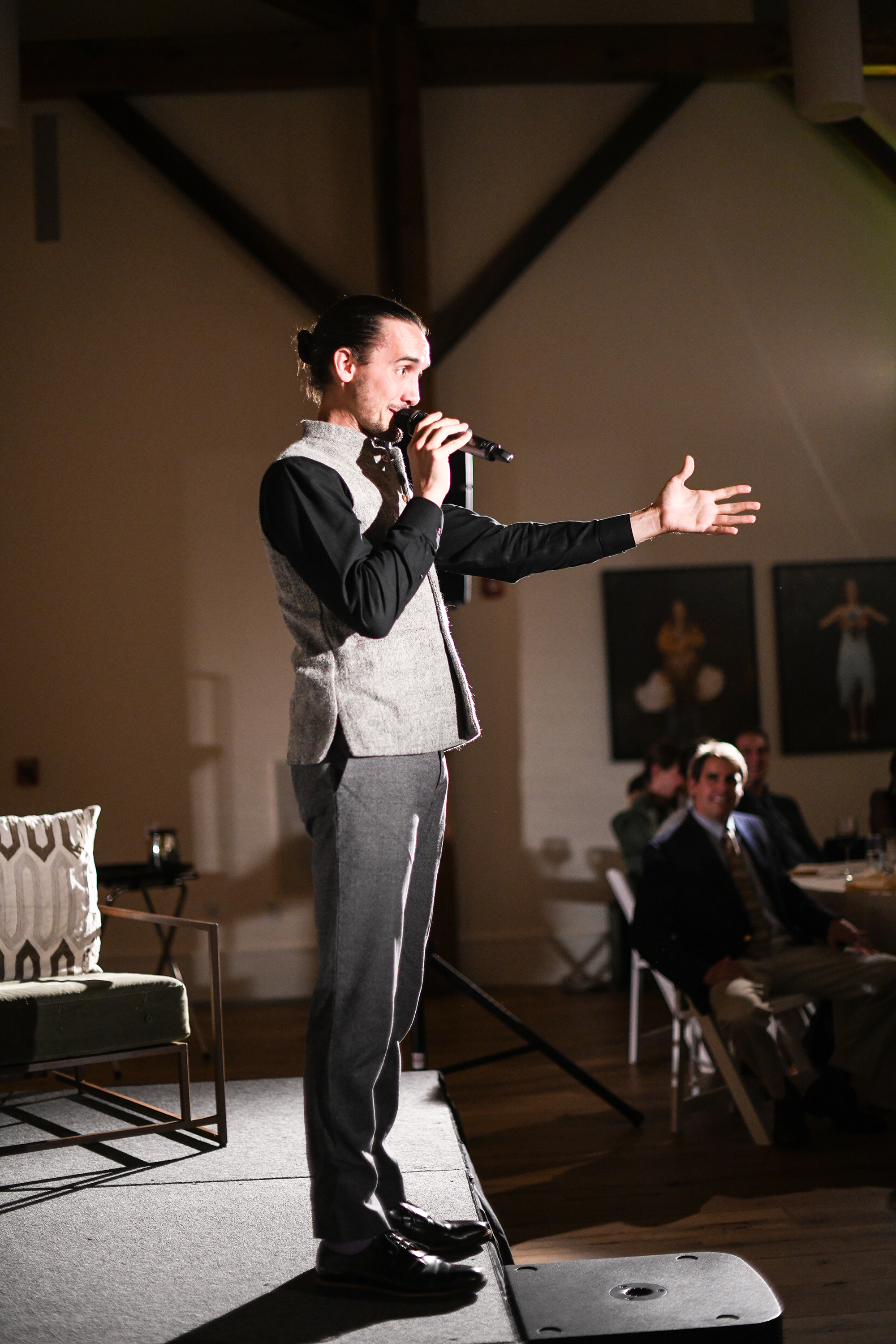Exhausted. Energized. These words seem to contradict each other, yet, after full days at conferences rich with thoughtful discussion, workshops, and colleagues, I feel simultaneously exhausted and energized. Exhausted because the days are long, my mind has been actively engaged, I’ve been traveling, and I am meeting people and conversing all day. Energized because these conversations and workshops are so stimulating and inspiring, and I am invigorated thinking about all the possibilities; how will I incorporate my learnings and leverage new contacts?
The Root Skills Conference earlier this month provided me exactly the combination of exhaustion and energy that I have come to expect at conferences, and the quality of the conference far exceeded my expectations. The conference, hosted annually by the New England Grassroots Environment Fund, builds equity within the environmental sector, reducing barriers for participation by offering sliding scale conference rates, free on site child care, and language translation services. The two-day conference also offers a combination of content learning and skill building, with Day 1 focusing on themes such as Land, Water, Food Systems, and Energy, while Day 2 focuses on Equity, Youth Empowerment, Resilience, and Grassroots Fundraising, for example.
In my workshops, I learned about Wabanaki history in Maine, urban community gardens and health programs, and explored equity and race. I also valued the conference’s “Catalyst Conversations” each morning as a warm up hour. We talked in table groups about topics like renewable energy solutions and obstacles, and shared our own work and experiences with other conference participants.
Reconstructing a map of Maine after the Wabanaki REACH workshop.
I enjoyed attending with colleagues and having people to check in with throughout the two days. Hurricane Program Manager Teddy Simpson and I kept our wheels turning as we discussed some of our takeaways and impressions. We also reflected (and socialized!) with many of our environmental education colleagues from Maine, particularly through the Maine Environmental Changemakers Network.
I am grateful to have learned more about the Wabanaki history of Maine and how indigenous lands were continually stolen. I value the time spent examining my own identity in the context of the environmental sector. I appreciate connecting with colleagues and impassioned changemakers of all ages. I met incredible individuals doing amazing work, and I hope to keep in touch and keep energizing each other.
Teddy (back left), Robin (back row, fourth from left), and Maine Changemakers pause for a photo-op at the conference. Photo courtesy of Future Focus Media Co-op.



































